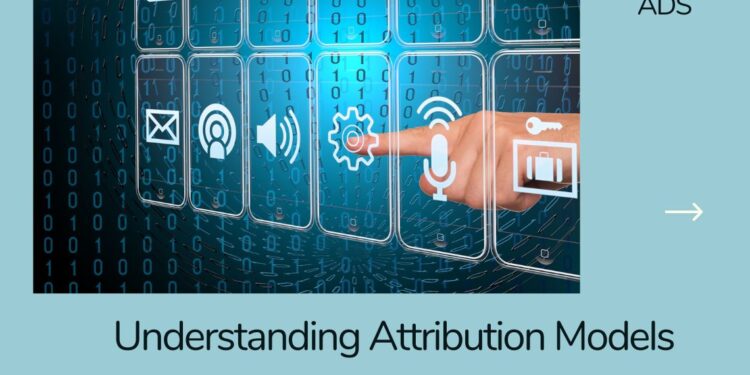An attribution model is a methodology used to determine how credit for sales or conversions is assigned to various touch points within the conversion path.
It aids in understanding which interactions along the user journey have influenced the ultimate purchase decision.
Attribution models are applied after a conversion occurs to analyse the contributing factors.
Types Of Attribution Models
- First Click
- Last Click
- Linear
- Time Decay
- Position Based
- Data Driven
First Click: This model attributes full credit for a conversion to the first interaction a user had with the marketing channel.
Last Click: In contrast to the first-click model, the last-click attribution model assigns full credit to the final touchpoint before the conversion.
Linear: The linear attribution model distributes equal credit to each touchpoint encountered by the user along their journey.
Time Decay: This model assigns more credit to touchpoints that are closer in time to the conversion event, acknowledging the diminishing influence of earlier interactions.
Position-Based: This model gives more weight to the first and last interactions(80%) while distributing some credit(20%) to the touchpoints in between.
Data-Driven: A data-driven attribution model utilises algorithmic analysis to assign credit based on the actual impact of each touchpoint, using data from a variety of sources to determine the most influential interactions.
Eg: Lets say a user has made a purchase of value 400. Below is the breakout of how the value is attributed in each model.
| Day | First Click | Last Click | Linear | Time Decay | Position based | DDA |
|---|---|---|---|---|---|---|
| 1 | 400 | 80 | 20 | 160 | ||
| 2 | 80 | 40 | 26.27 | |||
| 3 | 80 | 60 | 26.27 | |||
| 4 | 80 | 80 | 26.27 | 193.68 | ||
| 5 | 400 | 80 | 200 | 160 | 206.32 |
Position Based:
First and last touch points are given 40% & 40% credit and the remaining 20% is divided equally between other touch points.
Note: Starting from May 2023, Google has deprecated all the attribution models except Last Click Attribution Model and Data Driven Attribution Model (DDA).
(What is a conversion path, touch points and credit?
- Conversion Path: The series of interactions a user takes before completing a desired action, such as making a purchase or filling out a form.
- Touchpoints: Interactions between the user and the marketing channel, which can include clicks on ads, visits to web pages, or engagement with social media posts.
- Credit: The value or importance assigned to each touchpoint in contributing to the conversion event.)
By utilising different attribution models, marketers can gain deeper insights into the effectiveness of their marketing efforts and make informed decisions about resource allocation and optimization strategies.


